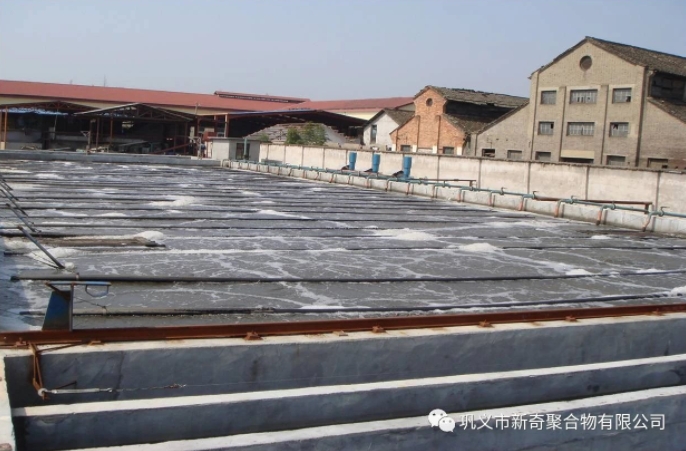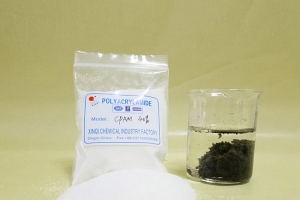Common use of cations
Generally, cationic polyacrylamide is used as a dewatering conditioner for sludge in water plants. However, water plants only use a little desludge agent in the pre-stage, and generally do not use it in the later stage, because there is not so much sludge in water plants. It is generally used in the sludge treatment industry, so cations are not common in water plants, and anions are commonly used.
Common use of anions
Anionic polyacrylamide models are divided into 800-2500 molecular weights, mainly for flocculation and precipitation of microorganisms or fine impurities in water. Although it has basically the same effect as anions, one belongs to the pre-stage and the other belongs to the post-stage. In water plants, there are generally more organisms, so the treatment of fine impurities is the key process. Therefore, the amount of anions used in water plants is the largest.
Summary: Both anions and cations are generally used in water plants. Since water plants generally have pre-stage mechanical interception of relatively large impurities, anions are the commonly used sewage treatment agents in water plants.


